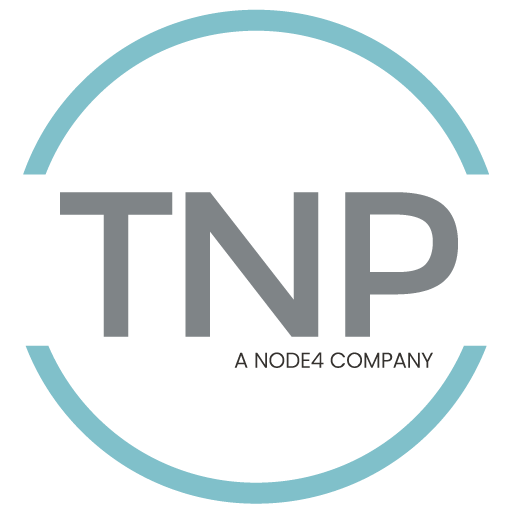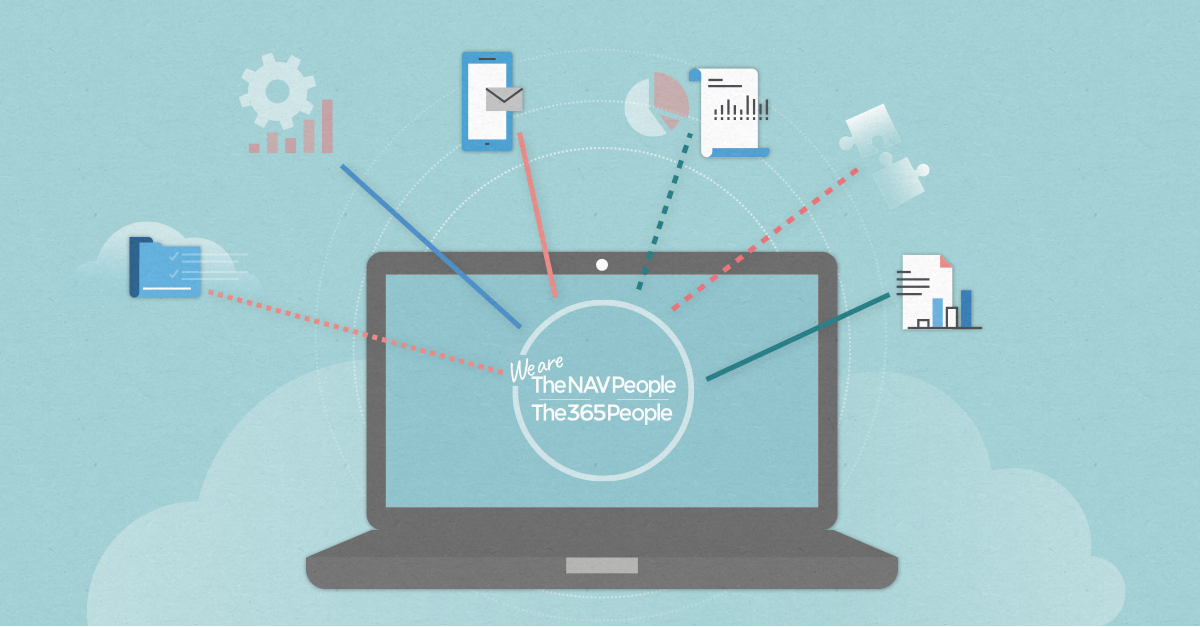Managing and Product Director at The NAV | 365 People, Ian Humphries, explains how he sees a fundamental change in the approach to business intelligence, reporting and data.
The reporting debate has moved away from ‘how do I get this information’ to ‘which of the many ways should I get this information’. But is that a question that needs to be asked at all?
So much has changed with reporting, we really need a better word!
We use ‘Reporting’ as a word today in the same way that we did 20 years ago, but so much has changed we really need a better word. Reports used to be exactly that – reams of paper, either green and white tabular listing paper or a pile of A4 once laser printers arrived. Often these ‘Reports’ were the only way to get the necessary numbers being sought. For example, the only way you could see who owed you too much or for too long was to run an ‘Aged debt’ report. The report did a load of calculations to arrive at the information.
It was very common to run a complete inventory list, showing each item with it's stock multiplied by cost to show it's value, only to go to the last page to get the total inventory value which was all the user needed. We progressed to being able to get these reports saved in a format so that report could be imported, often clumsily, into an Excel spreadsheet so that the user could filter which items had a high stock value.
Real time reporting with Dynamics NAV | 365 Business Central
Fast forward to today’s world in Dynamics NAV | 365 Business Central where the total inventory value can be viewed in real time on a tile on the user’s enhanced role centre. On clicking the tile a list of items is shown with only the high value items and on clicking the column header we have items sorted by inventory value - not a piece of paper in sight.
We should move from a world where we talk about reporting to thinking more about how we can get the answers to the questions we have. Many of these questions are obvious - ones that most businesses ask. Most people who buy things and sell things need the same answers. ‘Who owes me too much or has owed it for too long?’ ‘What do I have too much of and too little of?’ ‘What makes the most margin or has too little margin to make it worth selling?’ ‘Which customers cost me too much to service?’ etc. At The NAV | 365 People we are striving to give users tools to obtain the answers they need easily and, more importantly, to give them the answers to the obvious questions as quickly and simply as possible.
Power BI & nHanced 365
Business Intelligence (BI) has for too long been a high cost IT project and too few companies commit to a good reporting and BI strategy. We are hoping to change this uptake by building more and more answers into our nHanced 365 solution, specifically, leveraging the amazing power of Power BI. Power BI is cheap enough that we can build directly into the Dynamics NAV solution. It's easy enough to use so that training is not required and it’s flexible enough for an IT department to want to use it to its full capability. In five years’ time we won’t be having the reporting discussion in an ERP context, business intelligence will be an inherent part of the solution. At least in the Microsoft world
With the Big Data world now being an inherent part of our lives, whether we know it or not, data is collected analysed and played back to us all the time. ‘More people in the North of England spend more time shopping’ and other such bites of information appear all the time. The big difference today over our ERP history is we have moved from the ‘How can I get this information’ to ‘Which of the 100 ways available should I use to get this information’.
I am constantly frustrated at seeing organisations we meet who have purchased a BI tool and ‘never really got it implemented’ or ‘only use it in finance’. The project has either become too costly or the sponsor has moved on to another more important project before getting the product truly ingrained in the company. Alternatively I meet people who ‘can’t decide on the best product’. Whilst I am passionate about the products we supply to help our Dynamics NAV | 365 Business Central customers get the information they need, I am equally sure that almost any tool is better than no tool. Another common strategy is: ‘We use SSRS’, which translates as ‘If I need some answers I ask the IT guy to write a report’. This type of strategy usually ends with a huge array of reports, each claiming to be the ‘Sales Analysis’, each version with its own embedded logic. The result is that ‘this report doesn’t include deliveries’, ‘this report doesn’t include credit notes or items sold from B Stock’ etc.
The data needs to be easily accessed
To me the important thing is to make the data in the ERP system and subsequent reporting data source easily accessible in order to provide the answers that the business user requires. And to allow whichever tool the user chooses to give the same answer. We need to define such terms as ‘Order Intake’ or ‘Sales’ and use the term and the information consistently.
Our customers on the latest Dynamics NAV | 365 Business Central versions have such an array of choice. Within Dynamics NAV | 365 Business Central the inherent filtering and sorting of information coupled with the unique ‘Flowfield’ technology allowing ERP slicing of sales data based on dates and other user controllable filters is a powerful tool. Simply by pressing a button this filtered view of information can be sent into Excel where it will already appear as a table for pivoting and filter.
Reporting tools
Our nHanced 365 features such as nHanced Excel (Dynamics NAV information pulled directly into Excel) and nHanced Quick Reports and Views (our end-user, easy-to-use, reporting tools which allow information to be shown in a series of lanes or in a groupable grid) are both out-of-the-box solutions to Dynamics NAV | 365 Business Central reporting needs. We always provide Jet Reports! Anyone using Dynamics NAV | 365 Business Central who says they have a reporting issue, and who doesn’t have the latest Jet Reports, is missing a trick. It is the Dynamics NAV | 365 Business Central default report tool.
The big brother of Jet, Jet Enterprise which provides an out of the box Data Warehouse and OLAP Cube to be accessed with the usual simplicity of the Excel Jet Report tool, brings scalability to reporting with simplicity provided by the Excel environment. This is complemented by using Power BI both directly with Dynamics NAV | 365 Business Central and against the Jet Cubes to provide both ‘Reporting’ and ‘Business Intelligence’ with large product costs. You can learn more about our Reporting and BI services here.
So back to the question of ‘Which of the 100 ways should I access this information?’ I would say - it doesn’t matter. But use at least one of the tools and most likely all of the tools for the job they do the best. We think nothing of using different apps on our phones for their individual purpose. We don’t look for an app that tells the weather and has a map and a diary and books train tickets. We use an app for each purpose. Similarly ‘reporting’ i.e. give me a list of something, is not the same as ‘allow me to slice this information by x and y and graph it’ and that in turn is different to ‘I just want to know these exceptions’.
Dynamics NAV | 365 Business Central and reporting - so many ways - so little time ...






.png)